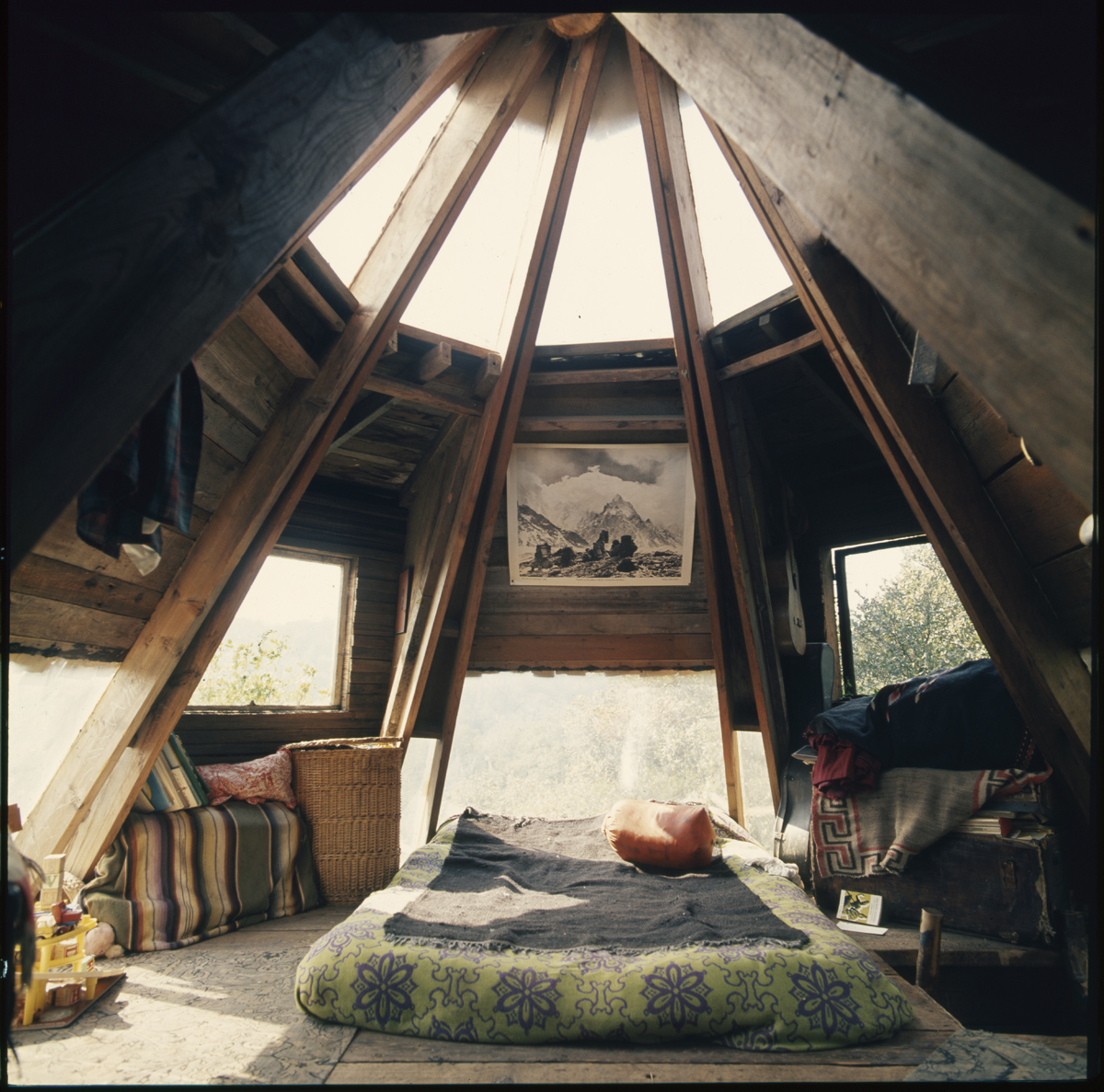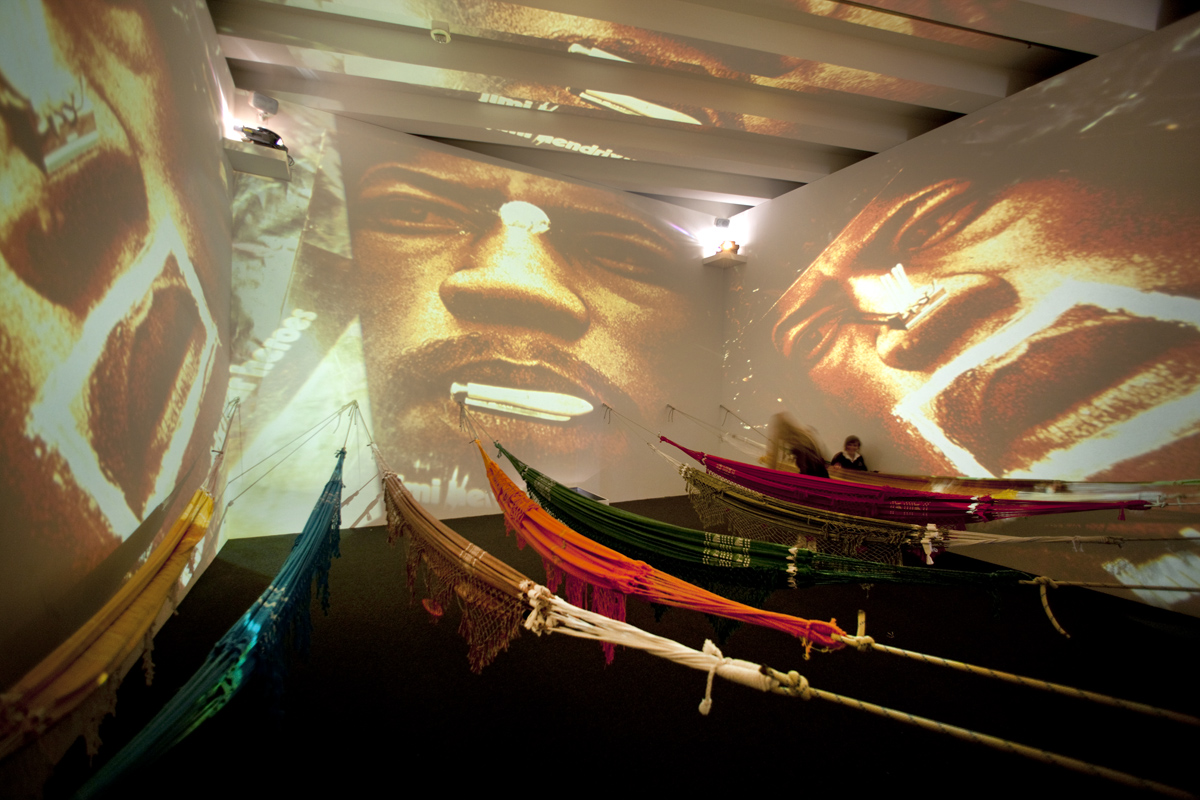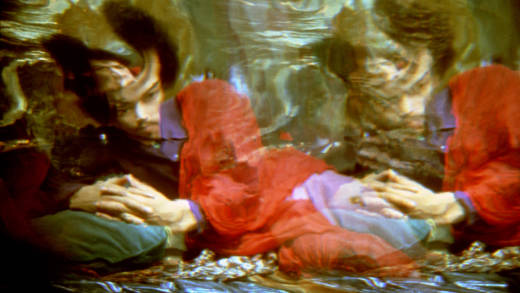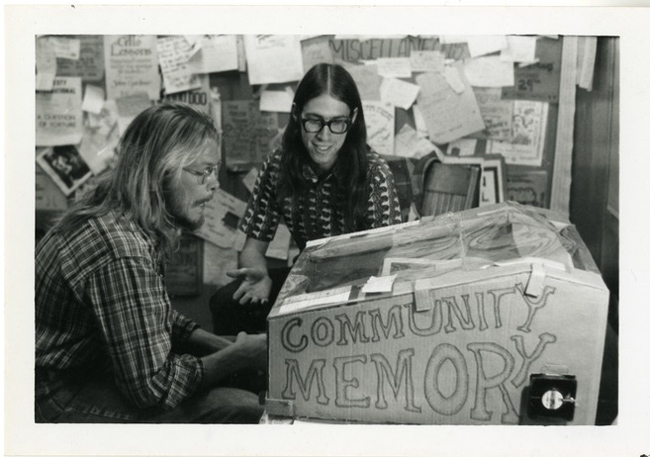A year after the Berkeley Art Museum and Pacific Film Archive reopened in its sleek Diller Scofidio + Renfro-designed building, it plays host to Hippie Modernism: The Struggle for Utopia, an exhibition which did not — surprisingly — originate in the Bay Area.
Curated by Andrew Blauvelt for the Walker Art Center in Minneapolis, Hippie Modernism arrives at the birthplace of the hippie with a thrilling survey of counterculture art, architecture and design from 1964 to 1974 — or, as Blauvelt bookends it, a period of optimism from the beginning of the New York World’s Fair to the end of the OPEC oil crisis.

If hippies, usually characterized by Timothy Leary’s “turn on, tune in, drop out” mantra, didn’t (and don’t) seem particularly interested in the design principles of modernism, Blauvelt argues in the exhibition catalog that the hippie modern is a slightly different beast, able to realize the democratic potential of new technologies while seeking “a recuperation of the avant-garde’s utopic dream of integrating art into everyday life.”
On both floors of the BAMPFA, the expansive exhibition shows art integrated into new forms of everyday life: living spaces, wearables, publications, new media collectives, concert posters and artistic experiments that defy easy categorization. Conveniently built into the flow of the exhibition are immersive “chill” spaces meant to cocoon viewers from what might otherwise be an onslaught of information for those who didn’t live through the era in question.

Ken Isaacs’ Knowledge Box (originally constructed in 1962) creates one such space, inside a 12-foot-tall wooden cube with 24 slide projectors positioned outside its six faces, pointing in. Viewers enter the cube through a round-cornered door and a two-minute “slideshow” begins, with black-and-white images culled from 1950s and ’60s magazines flashing randomly on the walls, floor and ceiling. A soundtrack of collaged music and spoken audio recordings plays. The artwork’s title suggests we should be learning something from it by osmosis, but it’s much more fun to stand, turn slowly in awe and appreciation, then loop back around the cube and do it all again.





